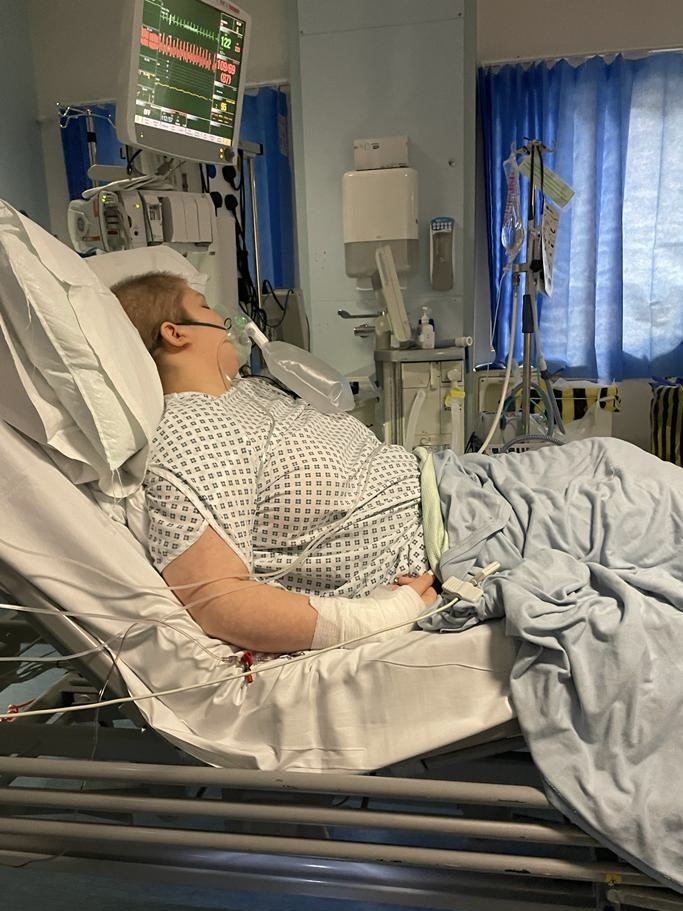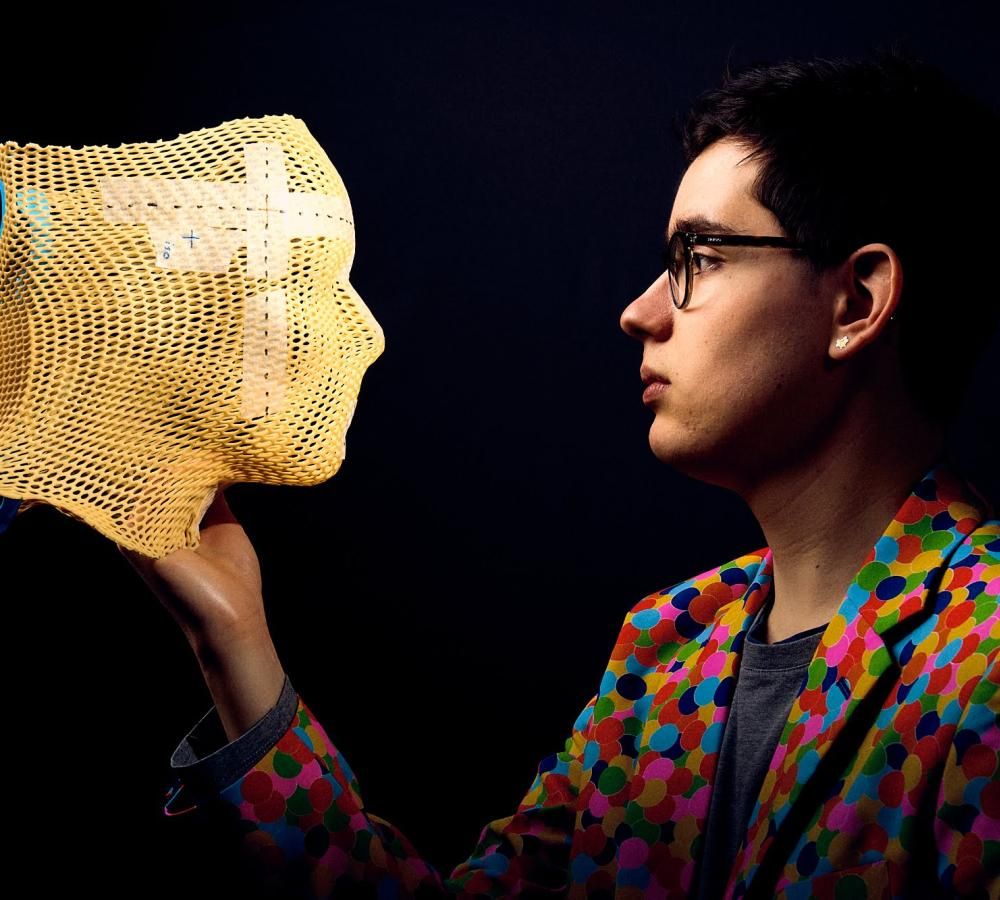Brain tumours
Find out about the different types of brain tumours that can affect young people, symptoms to look out for, how brain tumours are diagnosed and what treatment is offered.
You are viewing: Intro
- There are many different kinds of brain tumour
- They can grow in the brain and spinal cord and are given a ‘grade’
- Brain tumours are usually diagnosed with a combination of neurological examinations, scans and a biopsy
- Surgery, chemotherapy and radiotherapy are the main treatments for brain tumours.
What are brain tumours?
There are a lot of different types of brain tumour, they can occur in the brain and spinal cord. The spinal cord is the group of nerves that run from your brain down your back. It is surrounded by the bones in your spine.
Brain tumours are given a ‘grade’ between one and four. Grade one and two tumours are called ‘low grade’ and grade three and four tumours are called ‘high grade’.
You can find out more about the different types of brain tumours and how ‘grading’ works on the Brain Tumour Charity website. If you have any questions about your own specific diagnosis you can always speak to your care team.
What are the symptoms of a brain tumour?
Common signs of a tumour in your brain can be:
- Feeling sick or drowsy
- Having fits
- Headaches
- Problems with your vision, balance or coordination
- Problems with your emotions, behaviour or memory
- Problems with your growth and puberty, as the tumour can interfere with the levels of hormones in your body.
Common signs of a tumour in your spinal cord can be:
- Pain, weakness, numbness or strange sensations in your arms or legs
- Problems going to the toilet
- If you’re male, it might make it tricky to get an erection, too.
If you have any of these symptoms, you should always get them checked out. There are lots of other things which could cause them, other than cancer, but it’s always best to check.
How are brain tumours diagnosed?
If your doctor thinks you might have a brain or spinal tumour, you’ll have different tests to check your nervous system. The nervous system is a network of nerves. The brain uses these nerves to co-ordinate your body.
This can include an eye or neurological examination.
A range of hospital tests can also be used. MRI and CT scans are used to build up a 3D image of your brain or spinal cord.
PET scans, SPECT scans, blood tests and X-rays are all used to find out more about tumours.
And a biopsy can be used to take cells from a tumour so they can be looked at closely under a microscope for signs of cancer. This is also how they will work out the grading of your tumour. You’ll be given an anaesthetic if you have a biopsy so you won’t feel anything.
You can find out more in our Getting diagnosed section.
How do you treat brain tumours?
Surgery, chemotherapy and radiotherapy are the main treatments for brain tumours.
Surgery can be used to remove all or part of a tumour – if it’s possible to do that without damaging your brain.
Radiotherapy and chemotherapy can be used to remove a tumour and surrounding cells if surgery isn’t an option, or to treat cancer cells left behind after surgery.
Sometimes all three are used, together or separately.


